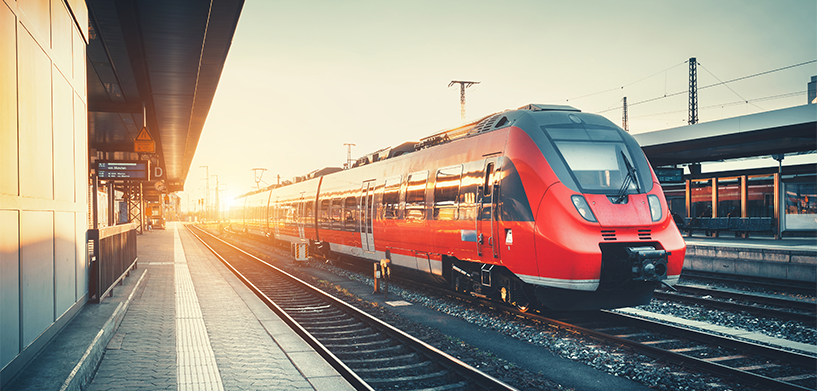It’s no secret that rail networks that are safely operable and routinely maintained ultimately strengthen profitability. But that’s easier said than done. Why? Rail operators often use manual and reactive approaches to addressing the overall health and operability of their networks and assets. While these methods might have worked in the past, passenger and freight traffic are projected to double by 2050. Handelsblatt released a strategy paper by the DB Netz AG, a Deutsche Bahn subsidiary, listing German intercity express routes that experience up to 375 trains within 24 hours, meaning traffic in certain sections is 35% above the calculated route capacity. And that’s just one example of a global issue. To cope with growing demand and combat financial losses from service interruptions, while ensuring network and service reliability, rail operators must make investments that will improve existing infrastructure by deploying innovative solutions that extend asset lifecycles, ensure service reliability and support safer operations.
Consider railway condition assessment; it’s a tedious, manual and time-consuming process that typically involves field crews walking the network. By using high-precision imaging, lidar and other reality capture technologies, operators can create digital twins of entire rail networks. Which in turn, can reduce the amount of person hours, resources and cost it takes to manage assets across the network, especially if operators affix reality capture technology to rolling stock. In doing so, they can continually perform railway condition assessments as trains move down the track.
With digital twins, operators can measure track width, analyze tunnel heights, visualize the integration of sleepers and more. And to quickly organize, process and understand all of the railway network data, operators can use AI capabilities for object and change detention. Digital twin capabilities also give operators the ability to run scenarios that can help them better plan for scheduled and unscheduled maintenance while minimizing service disruptions across the track. Where these capabilities really bring value to rail operators is enterprise asset management (EAM).
Having digital twin data and information linked with an EAM system allows rail operators to better understand how their organization operates, how their assets work together and how they can function more efficiently. With an EAM system, operators can better ensure reliability, maximize the service life of equipment, and prevent unplanned downtime by automatically adjusting preventive maintenance schedules. It helps operators maximize the productivity and longevity of equipment, precisely track usage with an unlimited number of measures on a piece of equipment – minimizing inventory costs, maximizing workforce productivity and efficiently supervising inspections.
Implementing digital transformation solutions like reality capture, digital twin and EAM systems is imperative for heathy, robust rail network systems. These types of solutions establish infrastructure integrity and health, giving rail operators the tools they need to have consistent maintenance, minimal service disruptions and secure operations – increasing profitability in the process.
Learn more
Ready to get on track? Find out more about Hexagon’s digital transformation solutions for rail.















